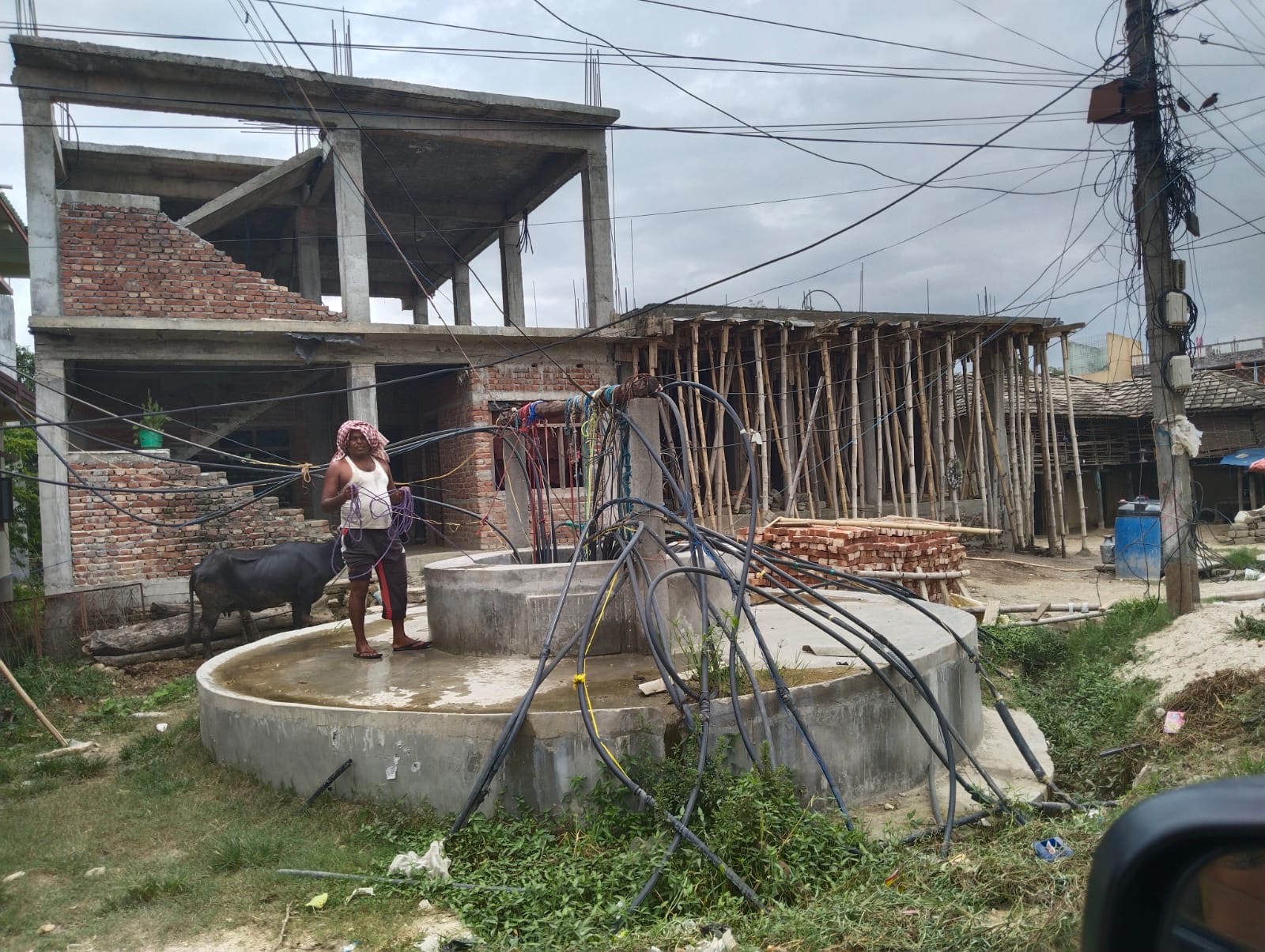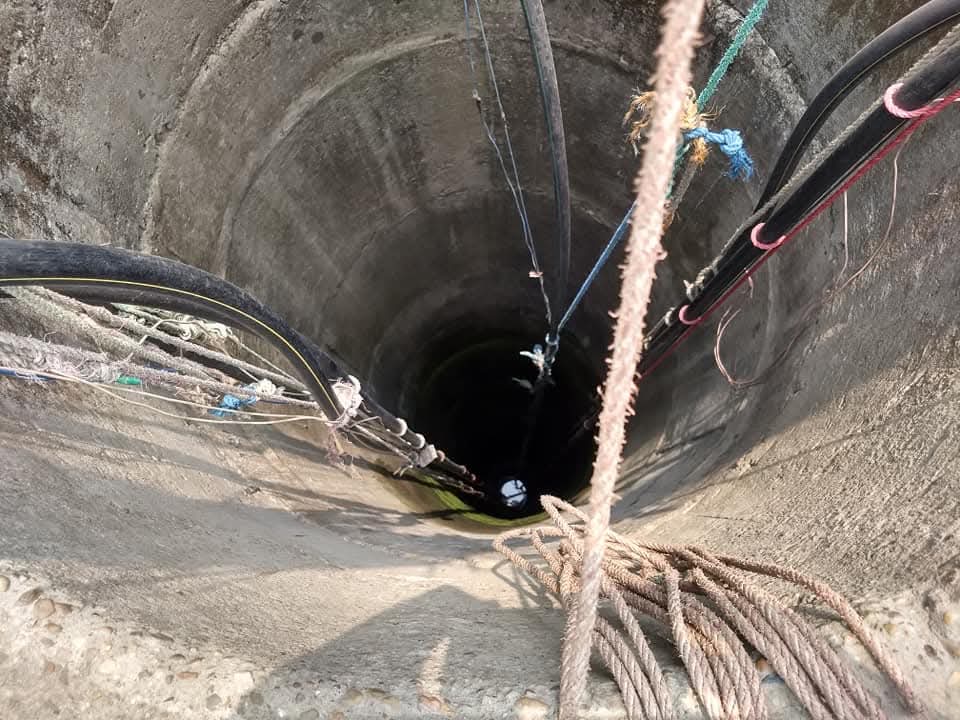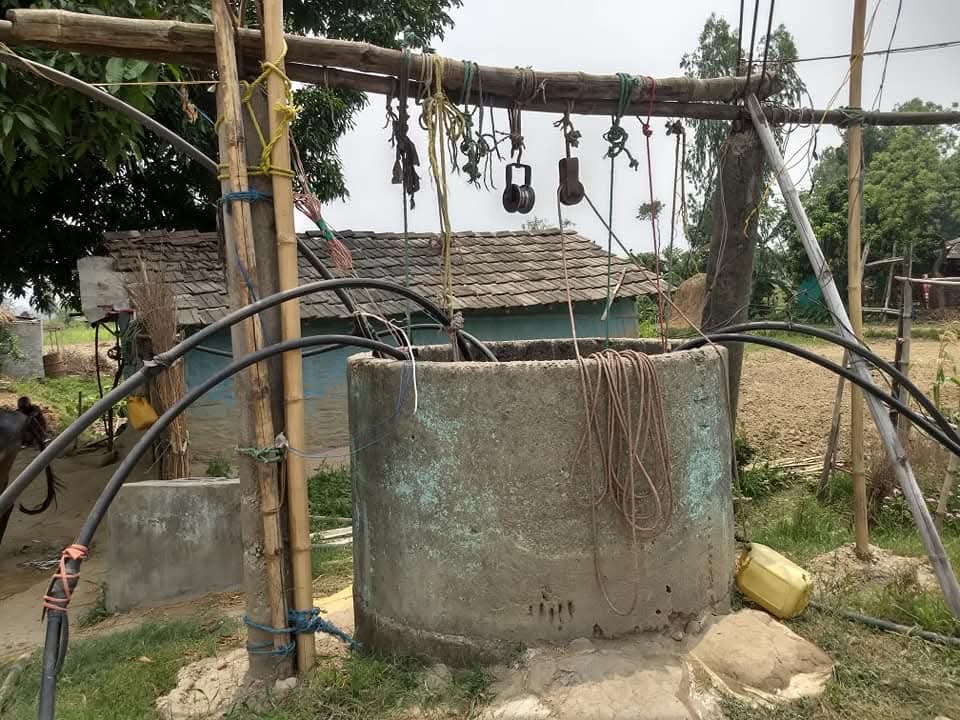Tarai districts gasp for water
The failure of this year’s monsoon in the Madhes is not just a problem for Madhes Province, but for NepalDroughts are not uncommon in Nepal. In 1983, the monsoon failed and international food aid had to be parachuted into western Nepal to avert famine. The Tarai has long suffered from too much water or too little.
This year it is too little. The monsoon arrived ahead of schedule on 1 June, but since then there has been only 20% of the normal precipitation in the eastern Tarai, and only one-third of paddy fields have been planted.
On Wednesday, the Cabinet decided to declare Madhes Province a ‘disaster-hit zone’, and Prime Minister K P Oli told Parliament that the Nepal Army could be deployed if necessary to alleviate the water shortage. But government response could be limited since this is a crisis that took years to build up.
Politicians have blamed climate breakdown, but the reality is more complicated. Denudation of the fragile Chure Hills, river-bed mining for boulders and sand, and over-extraction of ground water on both sides of the border, are more important factors. Climate change has just made the human-induced causes worse.
The farmers of the Madhes are used to “gambling with the monsoon”. Precious paddy seedlings are transplanted, but since so much of the agriculture is rain-fed, failure of the monsoon does not just mean no harvest, but also the loss of seeds that could have been eaten.

Monsoons used to be like clockwork, vegetation in the highlands to the north controlled floods and recharged groundwater, population density and intensive agriculture in India and Nepal had not yet happened. The rains were something to celebrate.
Although farmers here remember monsoon failures before, this year’s drought is happening after many years. And it is not just no rain, ponds and water pumps have gone dry, even deep tubewells provide limited water. Cities like Birganj and Janakpur are badly hit.
The eight Madhes districts have the highest outmigration rates in Nepal, crop failure and lack of water is surely going to add to the push factor this year. If this is the situation during the monsoon, many wonder what will it be like in the dry season.
It is said that those who do not learn from history are doomed to repeat it. Politicians do not have a magic wand to solve this crisis – it is the result of past mistakes and poor planning. The Prime Minister said on Wednesday that deep tube wells would be drilled to pump water, but this could exacerbate the problem by lowering the groundwater table even further.
In the past month, the people of the borderlands are wondering what went wrong. There is not much they can do about global climate breakdown, but a responsive federal or provincial government could take measures to address the immediate crisis and launch mid- and long-term mitigation plans.
The Madhes water crisis has exposed the historical inattention and neglect of the federal government. That is nothing new, Kathmandu has always disregarded the plains. Wards, municipalities and cities of the Tarai have had to deal with it on their own, in many places fire brigade tankers have been deployed to ferry drinking water.

Some of the reasons for the water emergency here is what has been allowed to happen in the upper catchment in the Mahabharat and Chure. Wells are going dry not just because of farms in Nepal over-pumping – groundwater does not respect national boundaries.
Geographically, the plains, hills and mountains may look different but they are part of the same ecosystem, the same river basins. The Himalayan eco-biological domain is not only mountains, it includes the plains.
There are also interventions that can be done at the local level. Wetlands, marshes and ponds that used to store monsoon water and recharge the aquifers have been built over in the past decades due to urban expansion.
Traditional water conservation practices have been abandoned. Some of these were carried over since 1990 with Village Development Committees, but urban pressure, settlements along the highways and the almost complete disappearance of the dense jungle that used to cover the northern edges of the eight districts. The Tarai now has 53% of Nepal’s population, with Madhes Province alone having 6.5 million people.
Private water tanker companies are doing a roaring business. But the water they distribute is neither clean nor cheap. It is enough only for household use, not for agriculture.

The Tarai used to be Nepal's rice bowl producing surplus grain to feed the whole country. The soil has been poisoned by chemical fertiliser and pesticides, and now there is no water. Loss of forest in the Chure slopes has also brought down sand and reduced the fertility of the soil.
There is no reason the Tarai should suffer such a severe water shortage just because the rains fail. There is plenty of water flowing down snowfed Himalayan rivers that can be channeled for agriculture with schemes like the Marin-Kamala Diversion.
What has to be understood is that this severe drought in the Madhes is not just the problem of Madhes Province, it is a problem for Nepal. It is an opportunity for Kathmandu to show that it cares for the people of the Tarai, and take steps to address the crisis before public outrage in the plains boils over again.
Unless this crisis is tackled on an emergency footing, there is a danger of mass out migration due to the lack of water. Let’s set aside climate breakdown for now, let us tackle the man made causes first.
The federal government declaring Madhes Province a disaster zone is a glimmer of home, but the people sweltering in the desiccated plains are waiting for that pronouncement to be followed by action.
Chandrakishore is a Birganj-based political commentator who writes this monthly column BORDERLINES in Nepali Times. @kishore_chandra

writer




